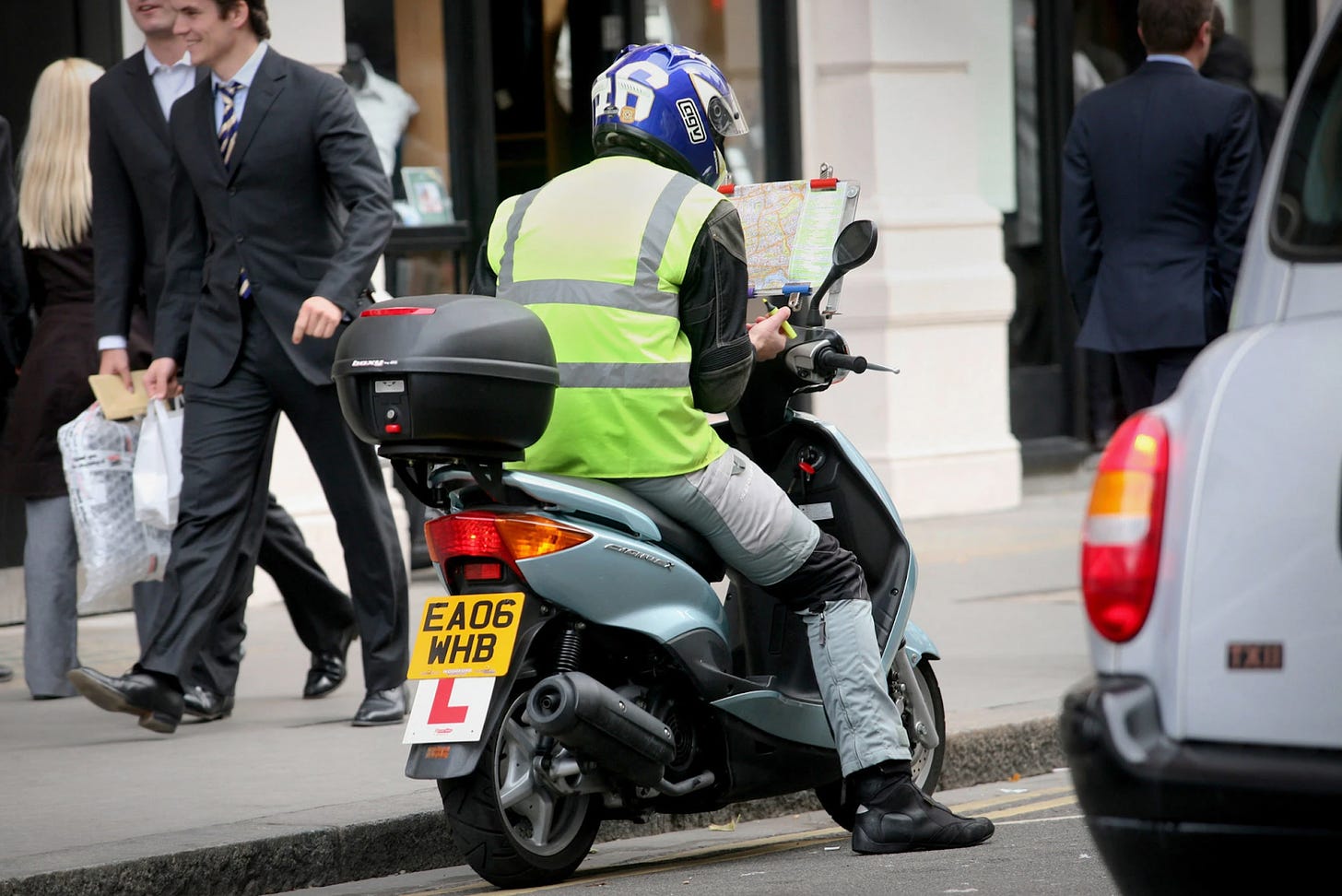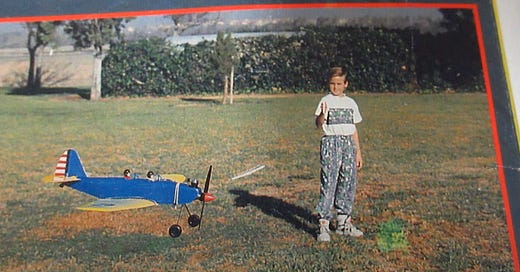
Colin here. A memory buried in my mind from pre-Covid times was arriving at Heathrow in the early morning after the overnight flight. It was almost always chilly waiting on the platform to catch the Heathrow Express. By way of routine, I would snag a crisp FT in the forward cabin of the train, sit down with a forgettable coffee snagged earlier from the station, and hear that familiar tech-house pulsing soundtrack of BBC News. After arriving at Paddington station, I’d sleepwalk, propelled by the early onset of caffeine, to the taxi rank. There would always be a black cab, with a driver out of central casting. I’d walk to the window, utter my hotel name, and climb into the spacious seating area. No other directions were needed. The drivers knew the city inside and out.
For me, these drivers are one of the strongest elements of London. For those that haven’t spent time there, these are drivers that are unquestionably part of the fabric of the city. In addition to knowing every nook and cranny (we will get to that in a second), they are also a kind-of oil in the gears of London: with countless stories of someone forgetting a wallet and just hailing a Black Cab to have it delivered to a loved one.
To become a Black Cab driver, prospects must pass “The Knowledge,” a test some call the hardest of its kind in the world. Experts liken it to receiving a degree in law or medicine, in terms of the volume of information processed.
Why is this interesting?
A superb piece in the Times from back in 2014 outlines the testing process:
It is without question a unique intellectual, psychological and physical ordeal, demanding unnumbered thousands of hours of immersive study, as would-be cabbies undertake the task of committing to memory the entirety of London, and demonstrating that mastery through a progressively more difficult sequence of oral examinations — a process which, on average, takes four years to complete, and for some, much longer than that. The guidebook issued to prospective cabbies by London Taxi and Private Hire (LTPH), which oversees the test, summarizes the task like this:
To achieve the required standard to be licensed as an “All London” taxi driver you will need a thorough knowledge, primarily, of the area within a six-mile radius of Charing Cross. You will need to know: all the streets; housing estates; parks and open spaces; government offices and departments; financial and commercial centres; diplomatic premises; town halls; registry offices; hospitals; places of worship; sports stadiums and leisure centres; airline offices; stations; hotels; clubs; theatres; cinemas; museums; art galleries; schools; colleges and universities; police stations and headquarters buildings; civil, criminal and coroner’s courts; prisons; and places of interest to tourists. In fact, anywhere a taxi passenger might ask to be taken.
If anything, this description understates the case. The six-mile radius from Charing Cross, the putative center-point of London marked by an equestrian statue of King Charles I, takes in some 25,000 streets.
Candidates often drive around on a motorbike, learning the small nuances of every street including anywhere “a rider may wish to be taken.” And, after a long enough period of time, candidates often recall a Eureka moment, “after months or years of doggedly assembling the London puzzle, the fuzziness recedes and the city snaps into focus, the great morass of streets suddenly appearing as an intelligible whole.”
In a world where lots of drivers are navigating by GPS apps on phones mounted to the dash, there’s something to be said for earning the knowledge the hard way, in the same manner that an apprentice tailor often has to labor for years before being entrusted with shaping a certain part of a suit or garment. Though it could be seen as inefficient, there’s an argument for learning and dues-paying as an end itself. (CJN)
Quote of the Day:
Couldn’t quite fit this into the edit of Colin’s piece, but talking about London cabbies made me think of this bit from Joshua Foer’s Moonwalking with Einstein:
In 2000, a neuroscientist at University College London named Eleanor Maguire wanted to find out what effect, if any, all that driving around the labyrinthine streets of London might have on the cabbies’ brains. When she brought sixteen taxi drivers into her lab and examined their brains in an MRI scanner, she found one surprising and important difference. The right posterior hippocampus, a part of the brain known to be involved in spatial navigation, was 7 percent larger than normal in the cabbies—a small but very significant difference. Maguire concluded that all of that way-finding around London had physically altered the gross structure of their brains. The more years a cabbie had been on the road, the more pronounced the effect. The brain is a mutable organ, capable—within limits—of reorganizing itself and readapting to new kinds of sensory input, a phenomenon known as neuroplasticity. It had long been thought that the adult brain was incapable of spawning new neurons—that while learning caused synapses to rearrange themselves and new links between brain cells to form, the brain’s basic anatomical structure was more or less static. Maguire’s study suggested the old inherited wisdom was simply not true.
Quick Links:
NBA to strengthen mask rules for players as part of tightening of health and safety protocols (NRB)
Don’t underestimate the power of a walk (CJN)
Japan’s Hokkaido island is the site of a bold project to save natural habitats h/t RPB (CJN)
Thanks for reading,
Noah (NRB) & Colin (CJN)
—
Why is this interesting? is a daily email from Noah Brier & Colin Nagy (and friends!) about interesting things. If you’ve enjoyed this edition, please consider forwarding it to a friend. If you’re reading it for the first time, consider subscribing (it’s free!).









